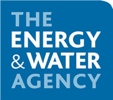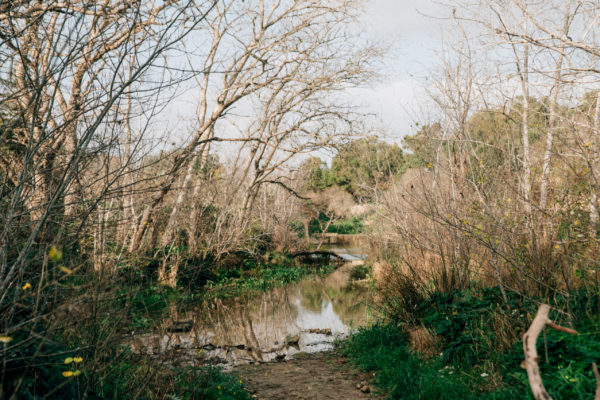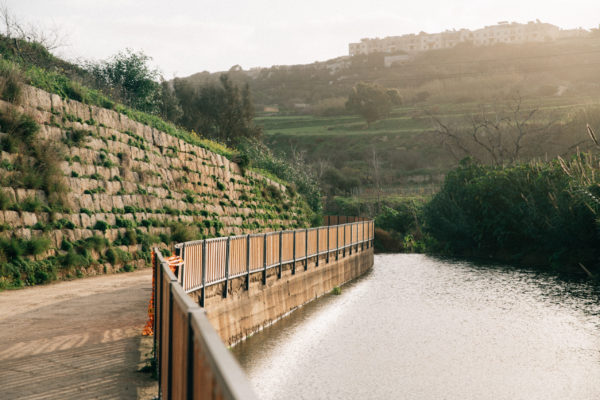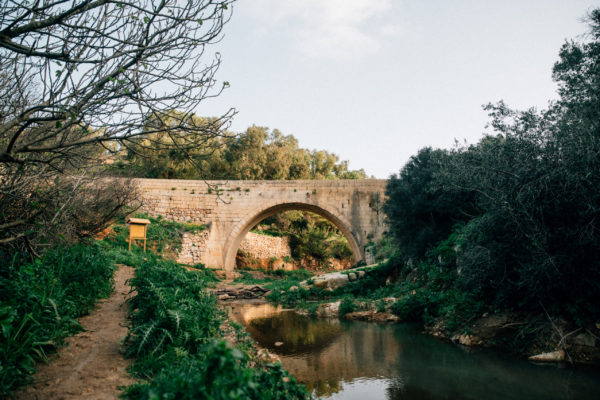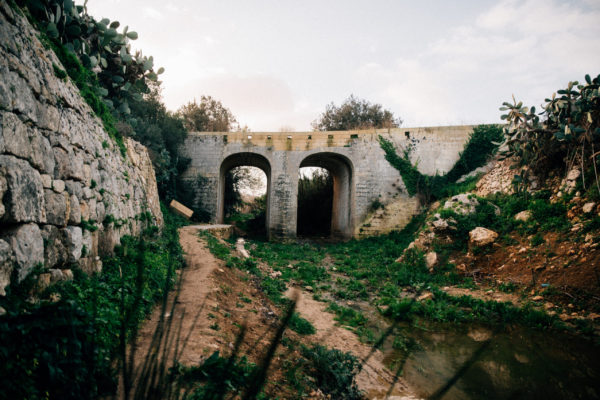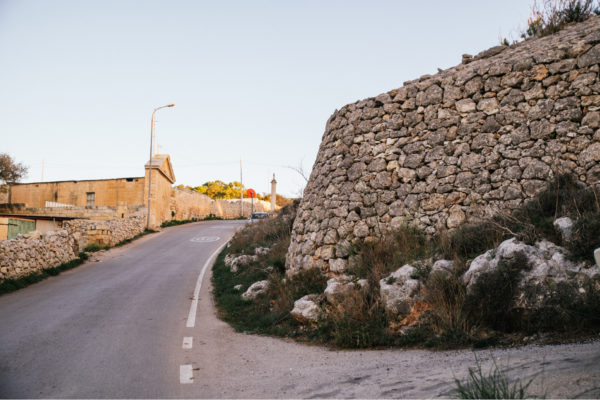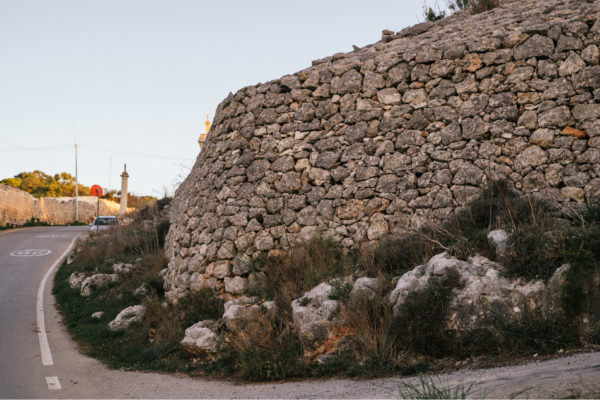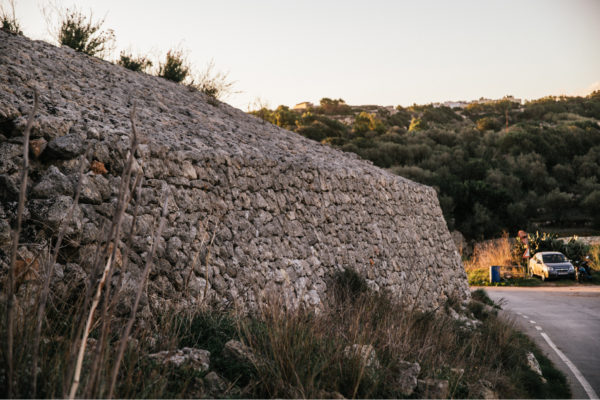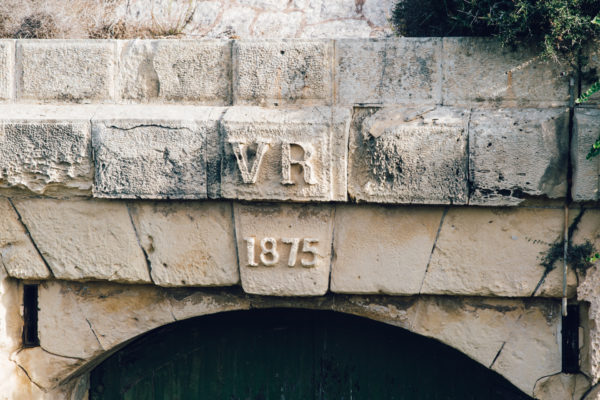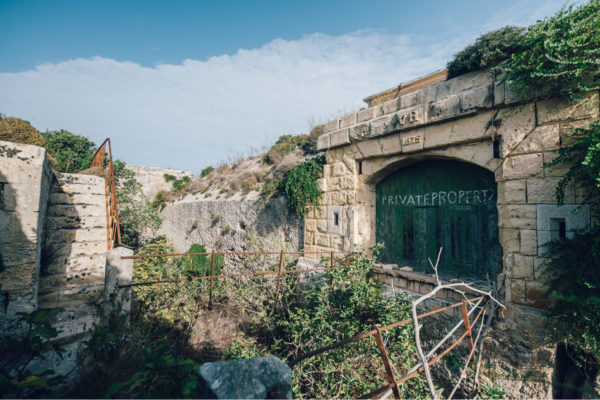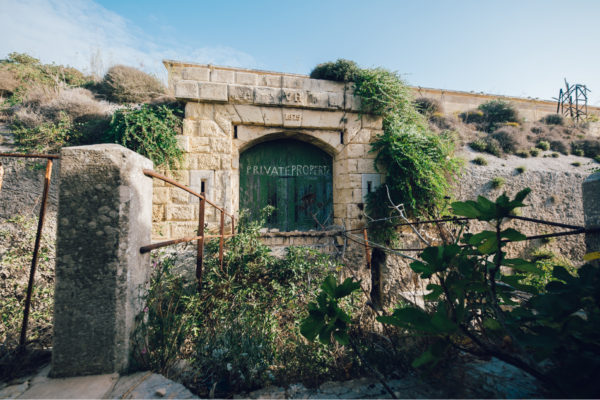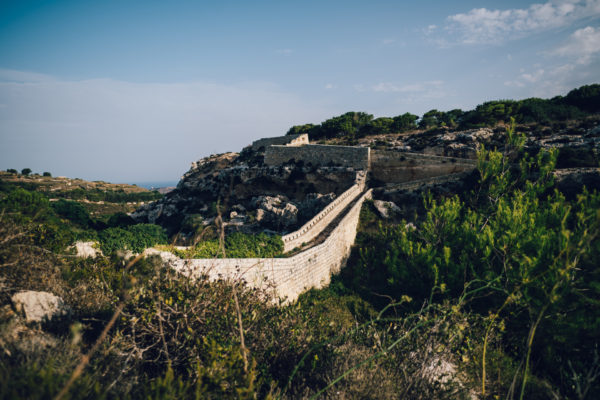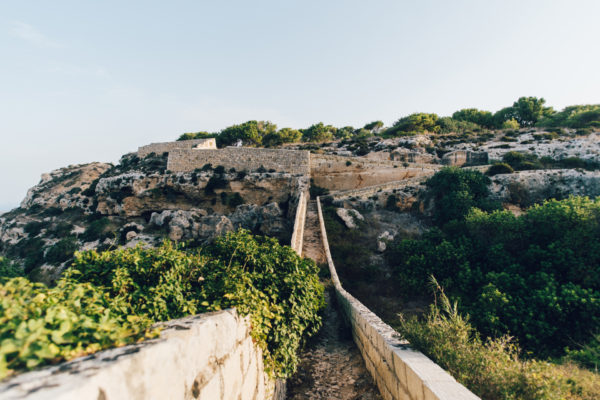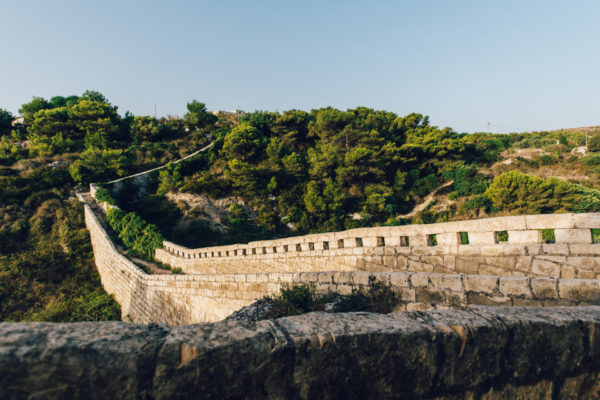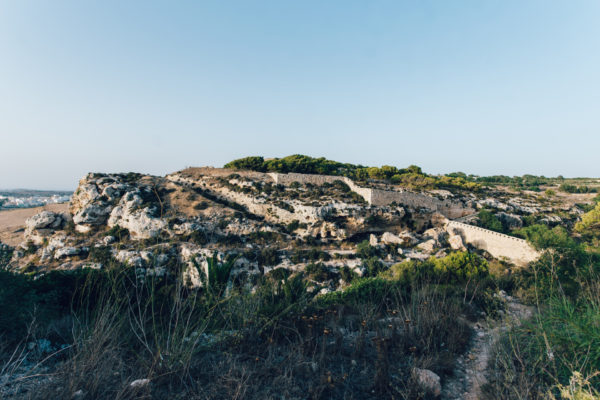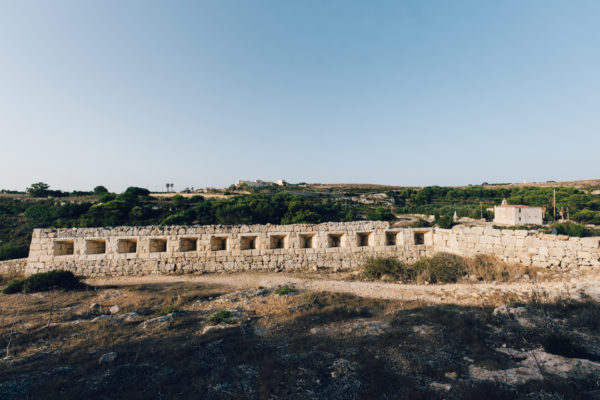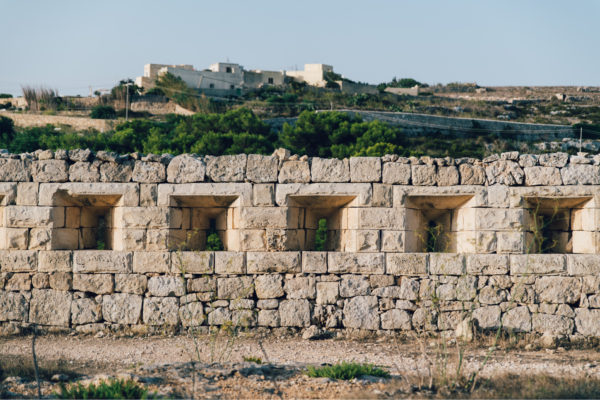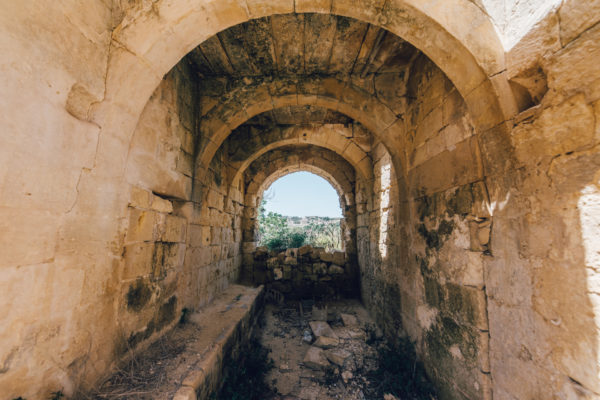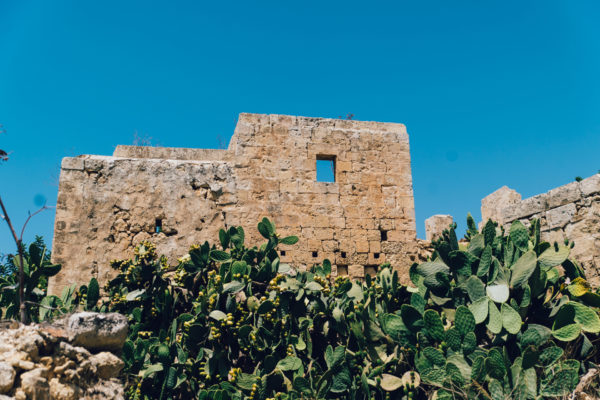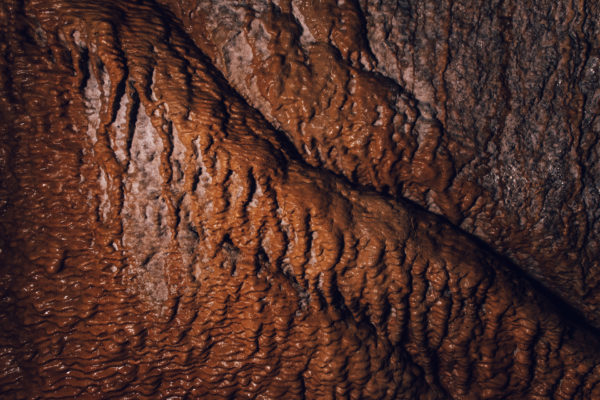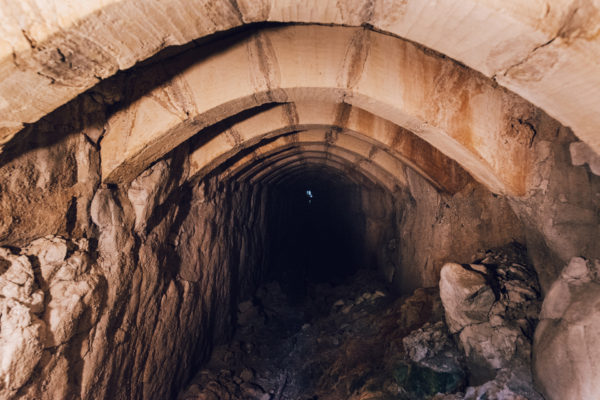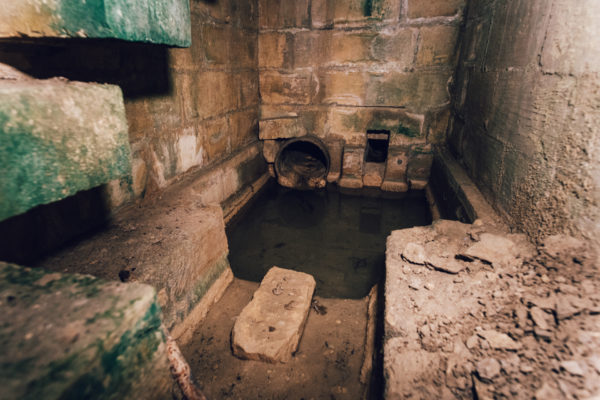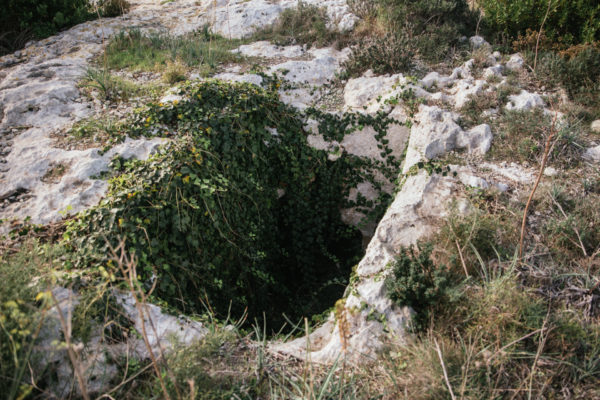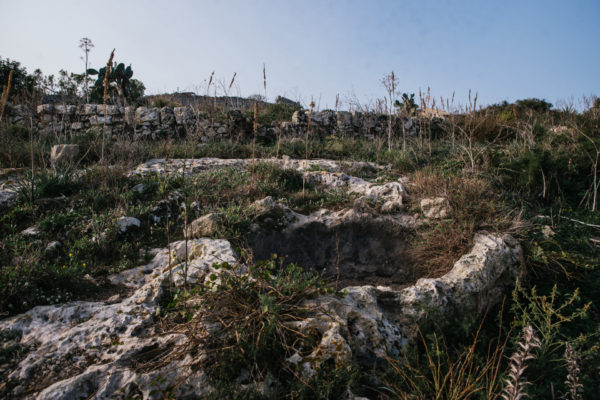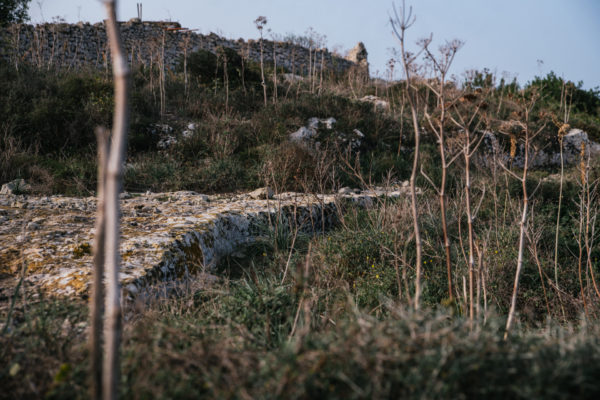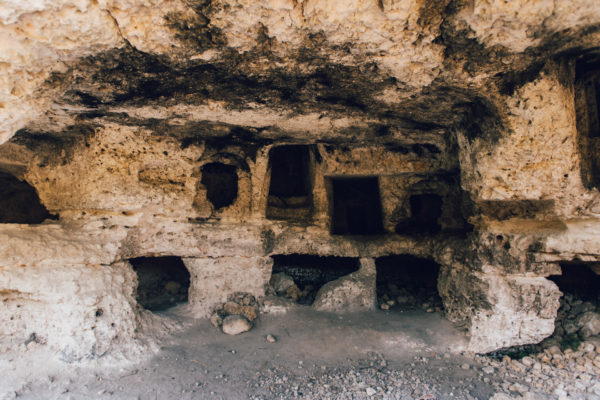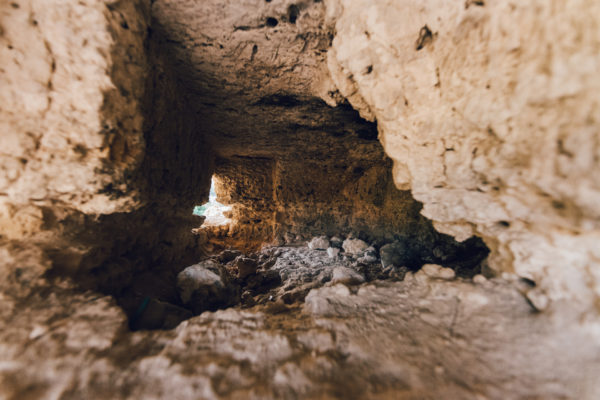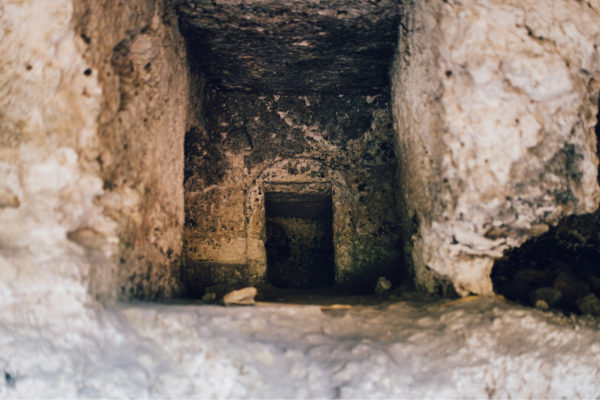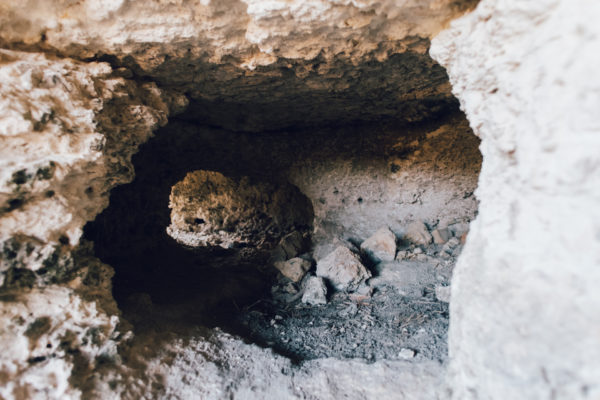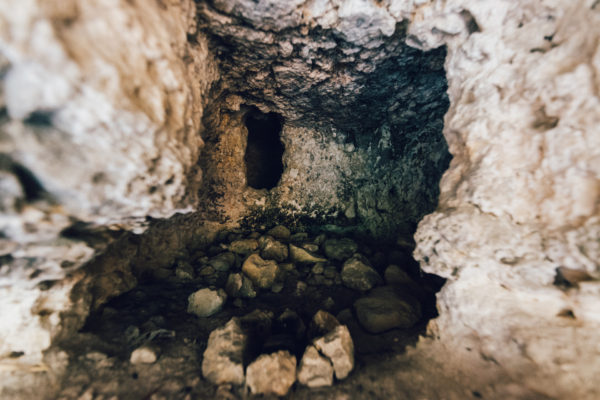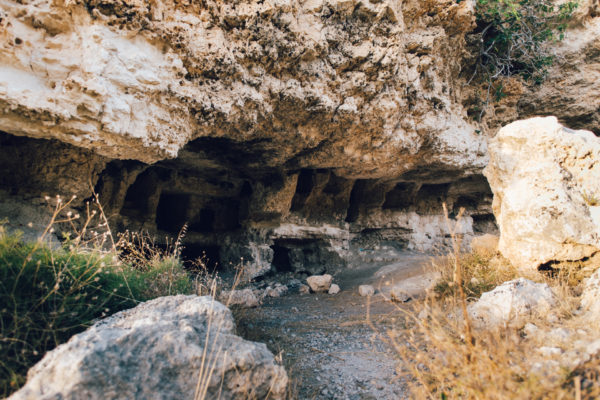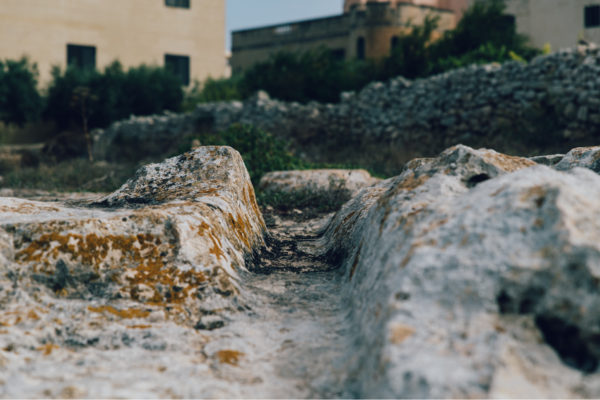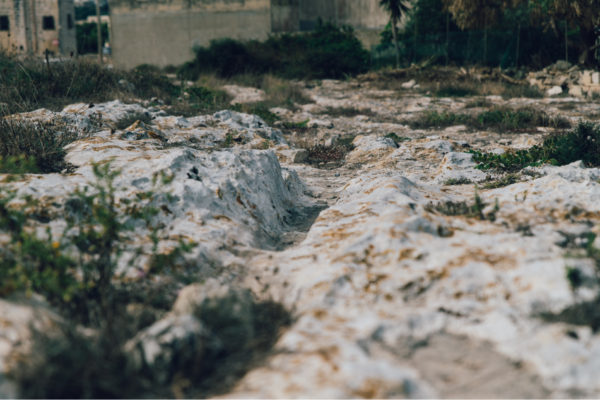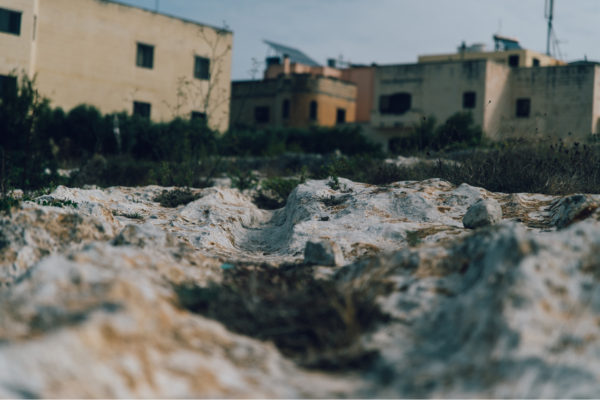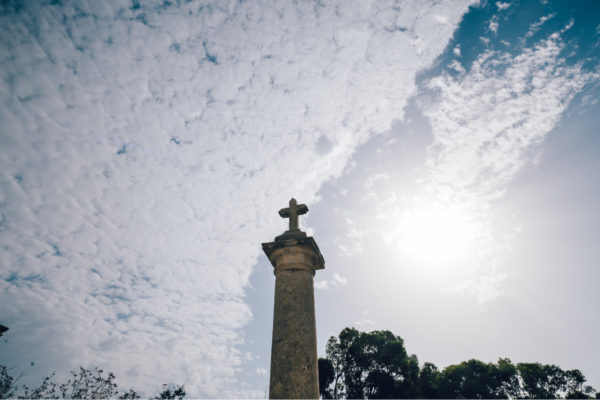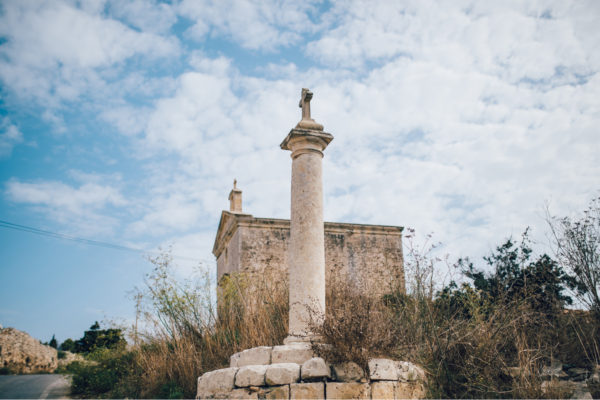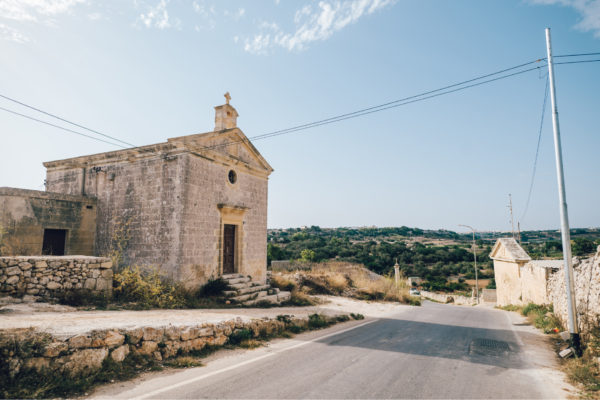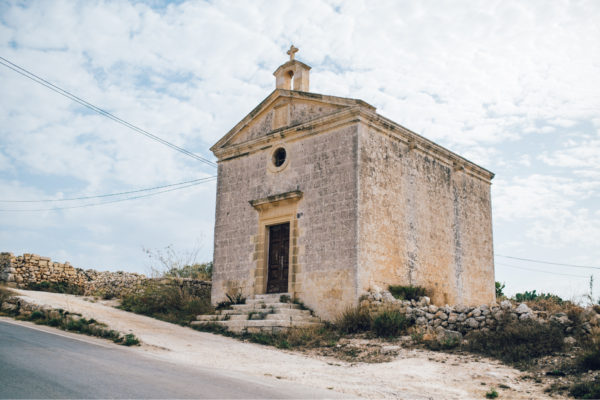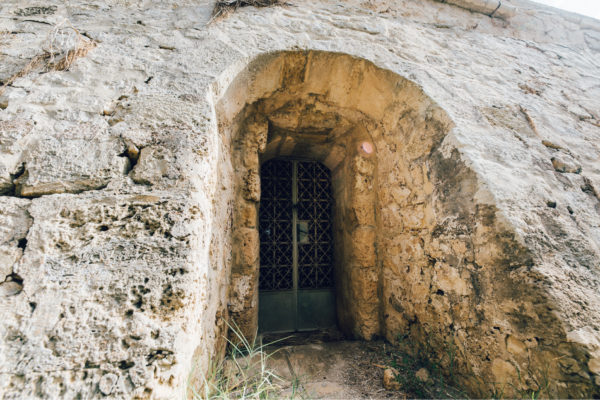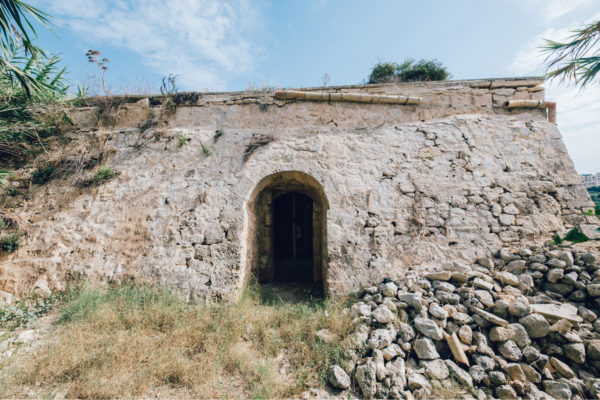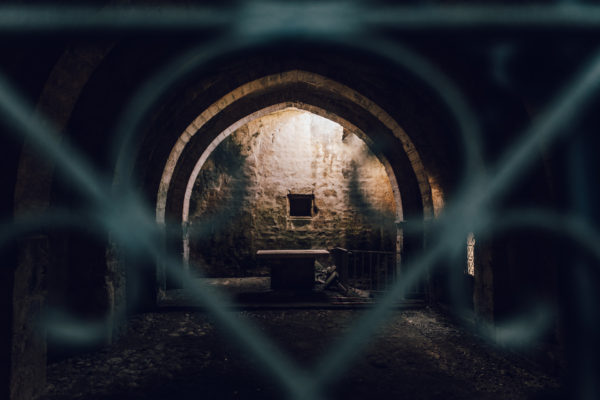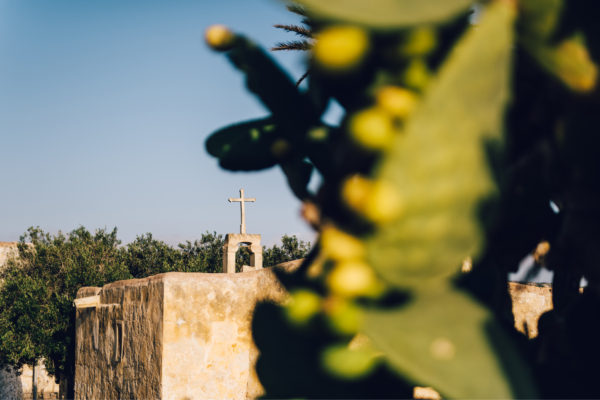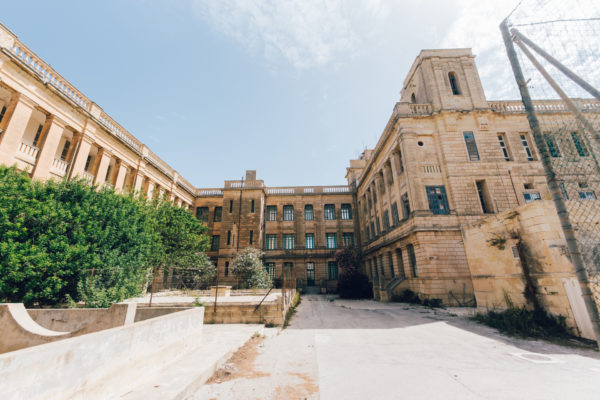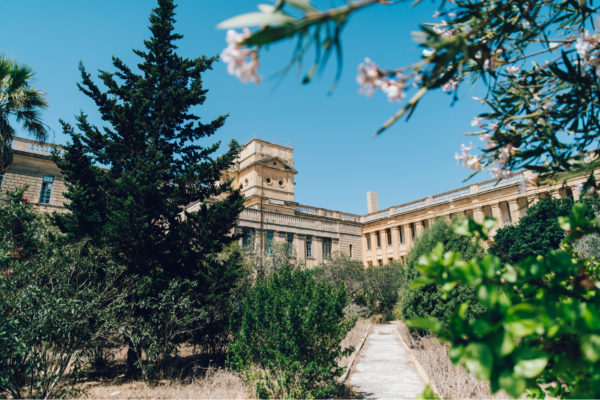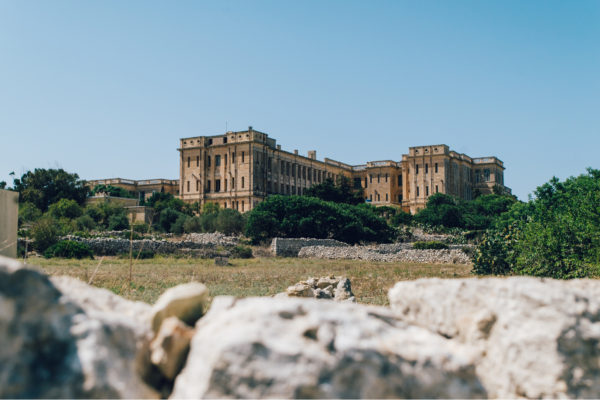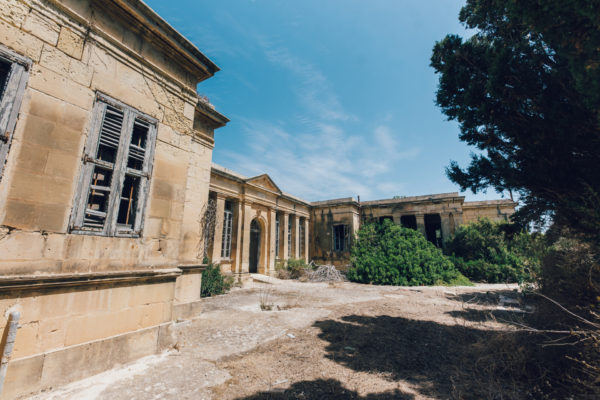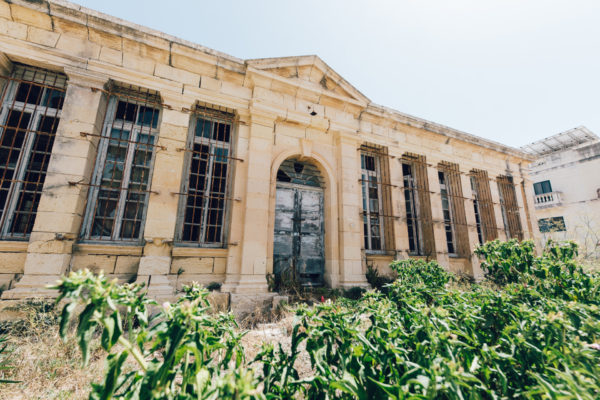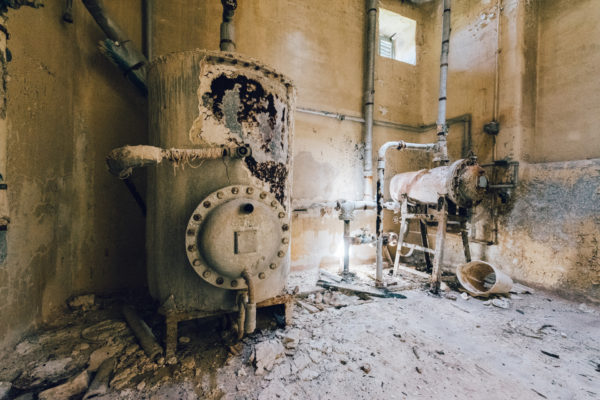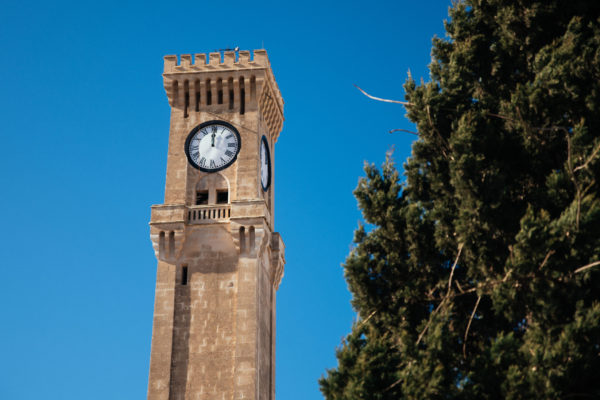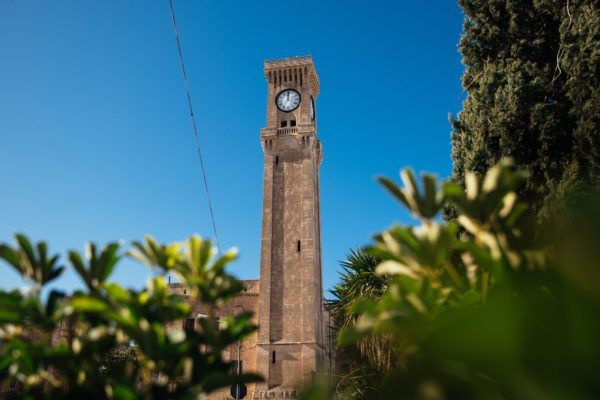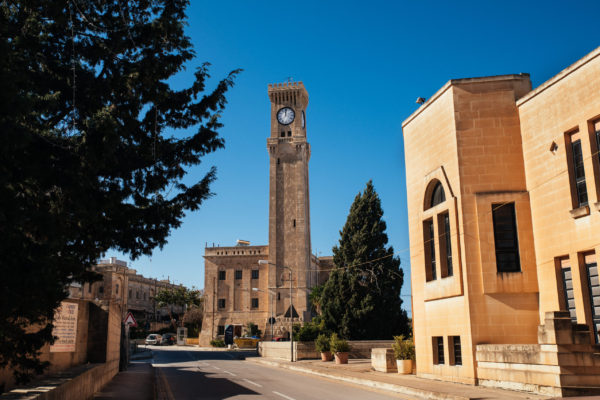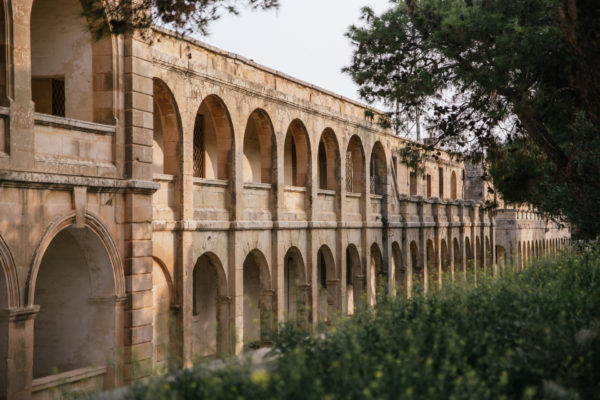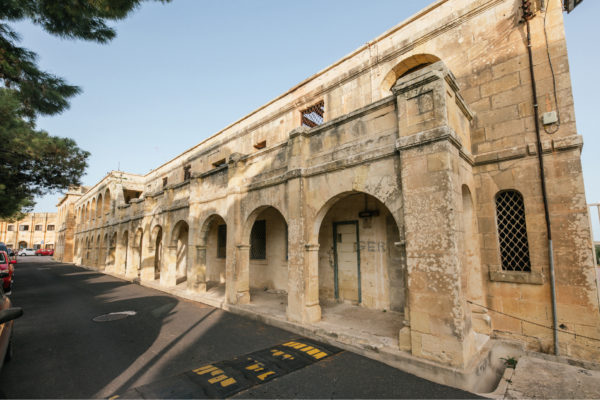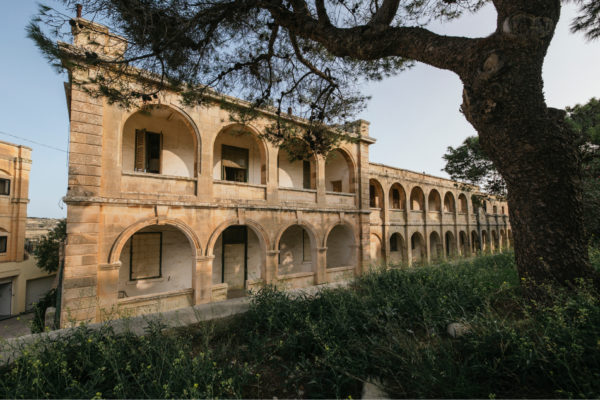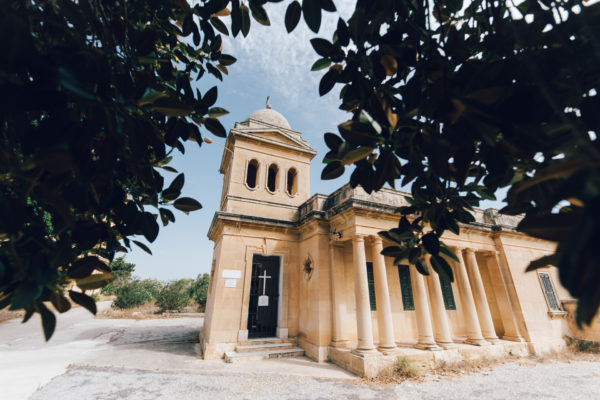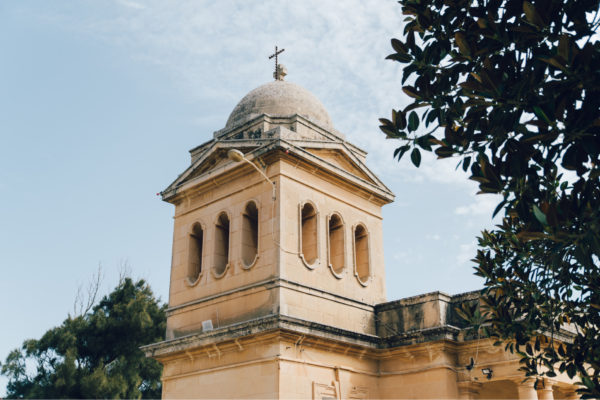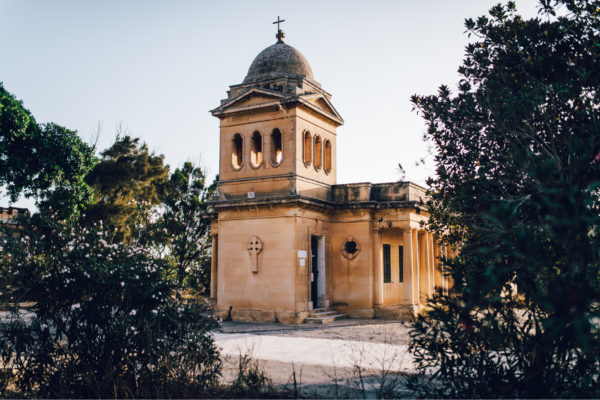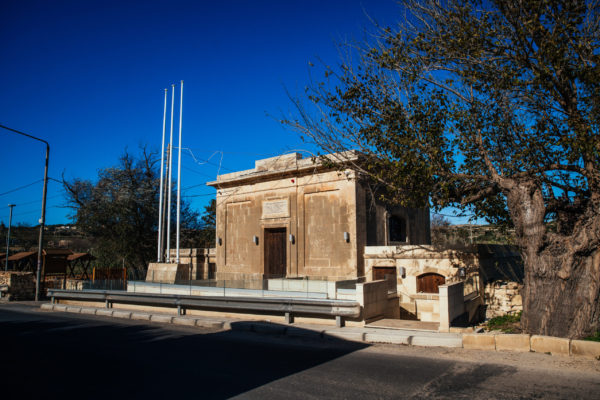Following the approval by the Planning Authority together with the Environment and Resources Authority of the development and environmental permits for the regeneration plans of Wied il-Qlejgħa, popularly known as Chadwick Lakes, the Energy & Water Agency within the Ministry for Energy and Water Management is pleased to announce the in the coming weeks, the implementation stage of the project will kick off.
During these last two years, detailed studies have been carried out to enable the development of an in-depth characterization of the hydrological and ecological characteristics of the Qlejjgha valley system. These studies provided a clearer picture on the approach that needs to be taken in order to regenerate the area in the best environmentally friendly manner. The studies investigated the level of degradation within the valley, the proliferation of invasive species and the damage that these species are causing to the whole ecosystem as well as the identification of the measures required for the protection of endemic species characteristic of the natural Maltese habitat.
The project will not include any land formalization and hence does not include the construction of any new buildings. The focus of the project is the regeneration and valorization of the valley system and to this effect will cover a rehabilitation area of 5,000m2, including the repair or restoration of banks and retaining walls. Furthermore, with the removal of debris and silt deposits from the existing dams, the valley’s rain harvesting capacity will expand to a total of 40,000m3.
It is important to note, that Chadwick Lakes is in fact one of the most ecologically important valley systems in Malta, an important ecological hub sustaining a fragile natural ecosystem. The success of this project rests on the regeneration of this natural habitat to its best status, and the creation of the facilities necessary to enable this ecosystem to be safely enjoyed by Maltese families and appreciated by tourists.
This project is being co-financed by the European Regional Development Fund with a co-financing rate of 80%, with the other 20% invested through national funds. The total amount invested, will be that of approximately €5 million, covering necessary studies, restoration works and educational initiatives as part of the valley’s comprehensive regeneration.



